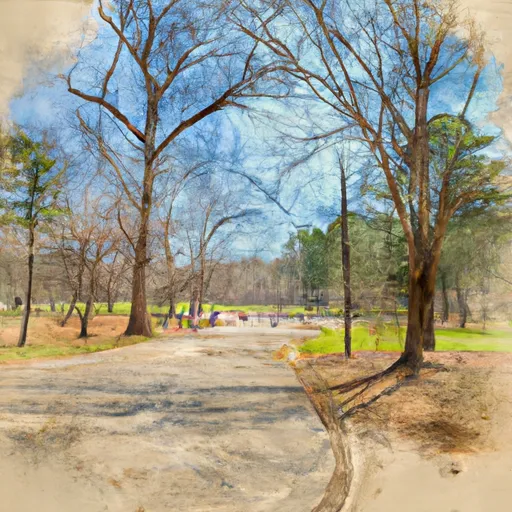Summary
The climate in Cherokee Village is typically mild, with hot summers and cool winters. The town is surrounded by several lakes and rivers, including the Spring River and Lake Thunderbird, which provide ample opportunities for boating, fishing, and other water sports. Cherokee Village is also located near several state parks, including Mammoth Spring State Park and Ozark National Forest, which offer hiking, camping, and other outdoor activities. The hydrology constituents in the area include total dissolved solids, nitrates, and bacteria. Overall, Cherokee Village offers a variety of outdoor recreation opportunities in a beautiful natural setting.
Weather Forecast
Cherokee-Village receives approximately 1188mm of rain per year, with humidity levels near 84% and air temperatures averaging around 15°C. Cherokee-Village has a plant hardyness factor of 7, meaning plants and agriculture in this region tend to thrive during the non-winter months.

 Tasha Park
Tasha Park
 Iamonta Park
Iamonta Park
 Cedar Valley Park
Cedar Valley Park
 Allegheny Park
Allegheny Park
 Papoose Park
Papoose Park